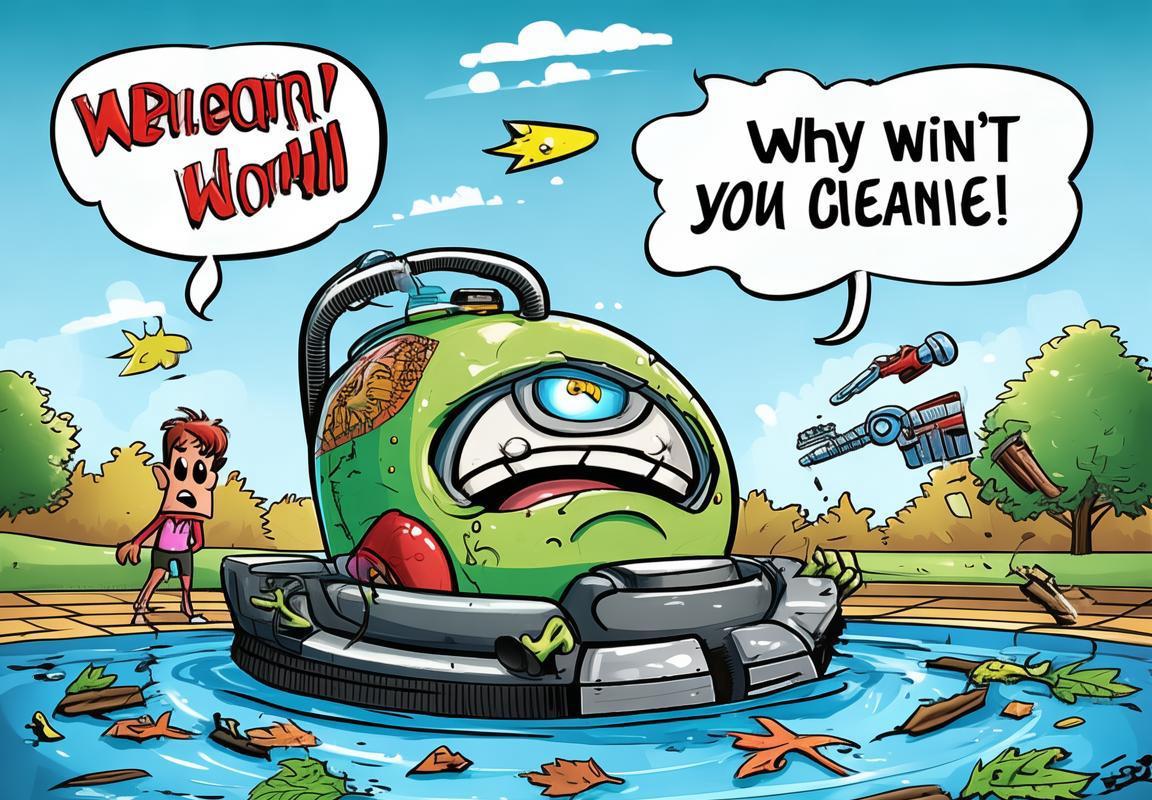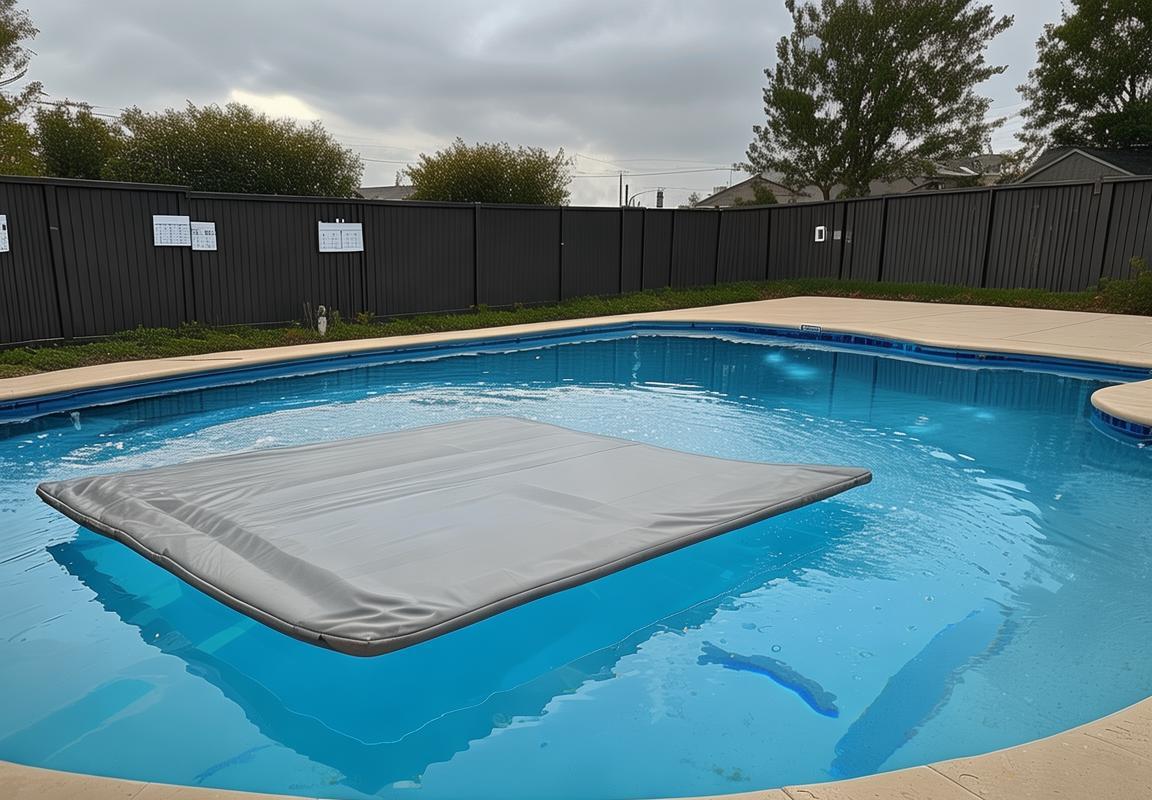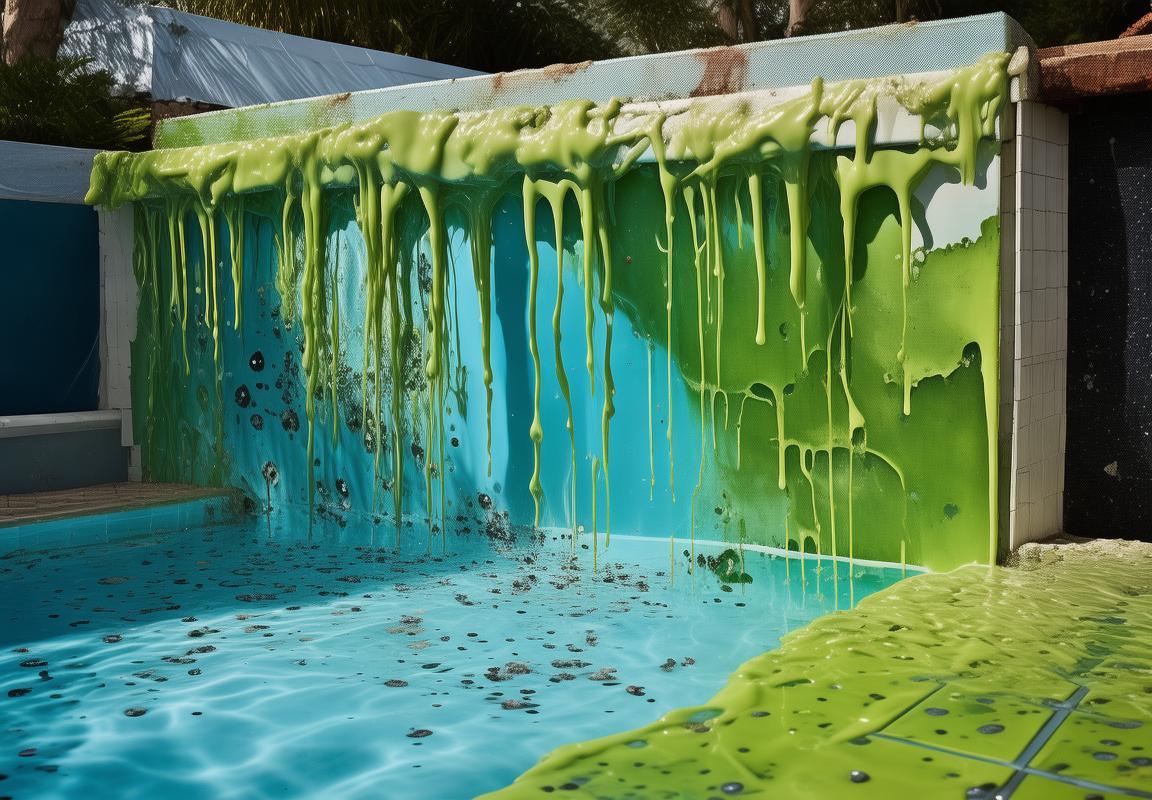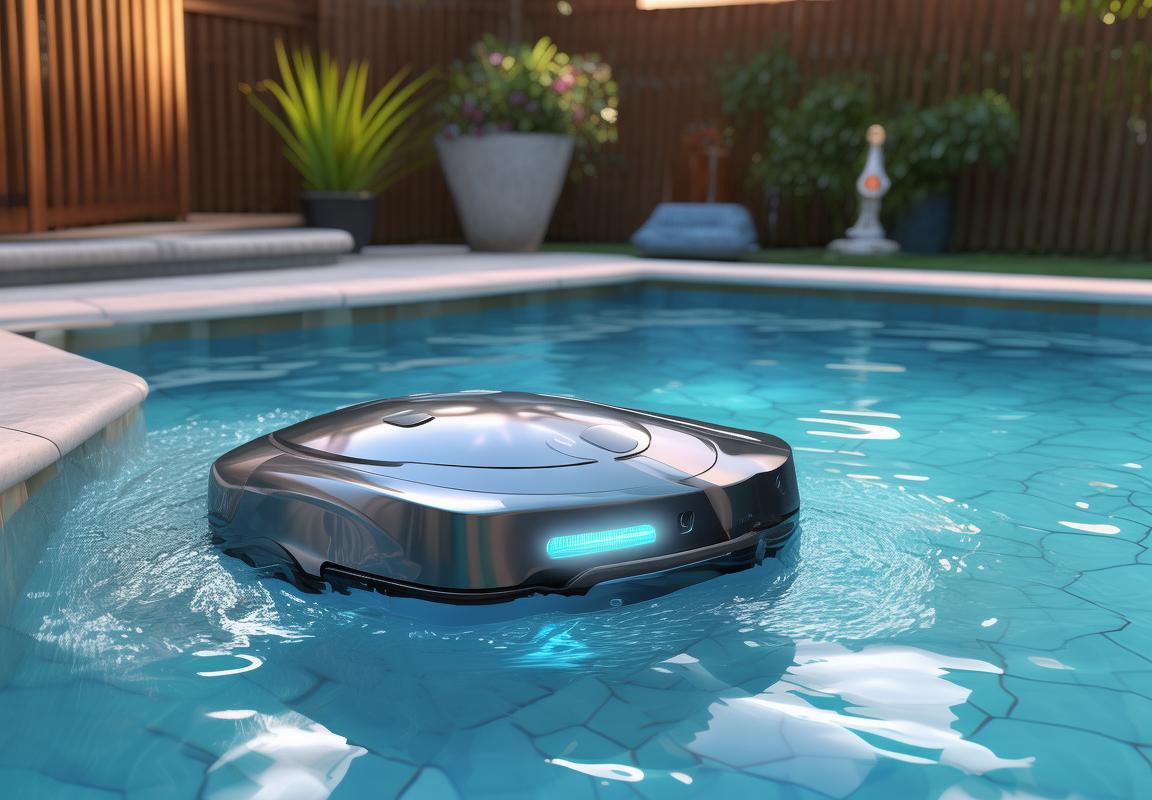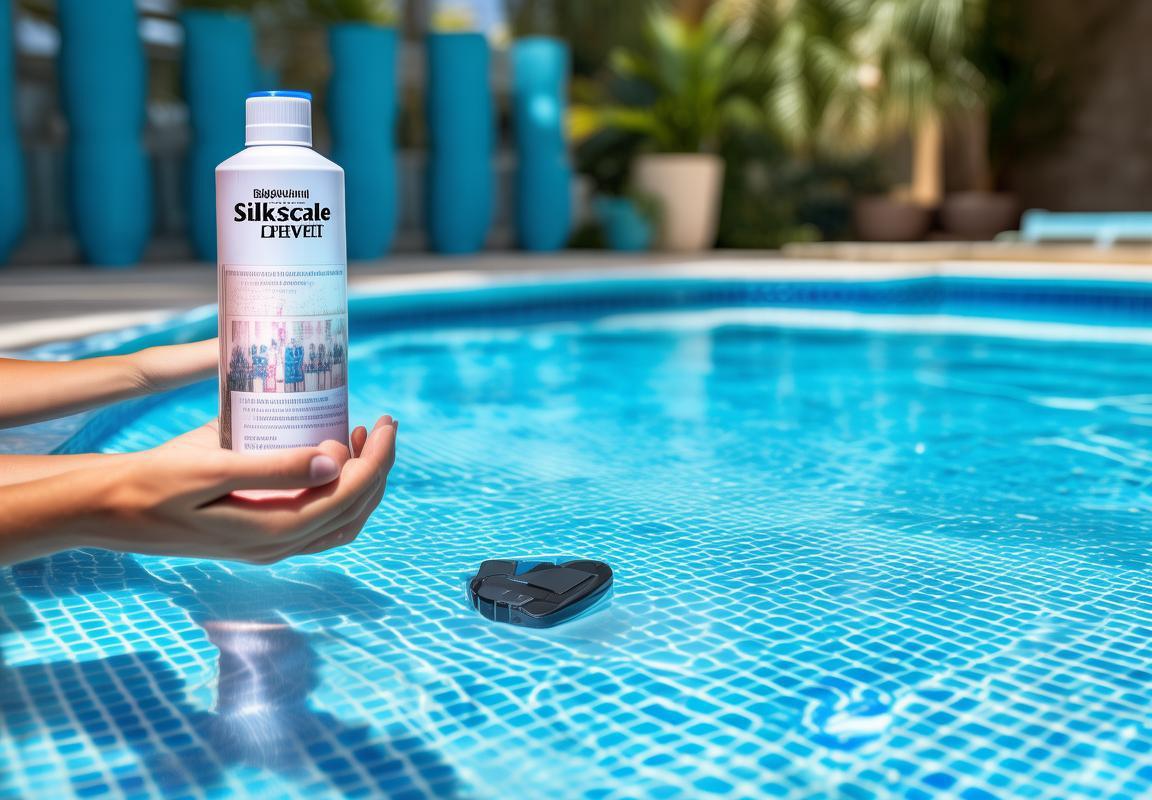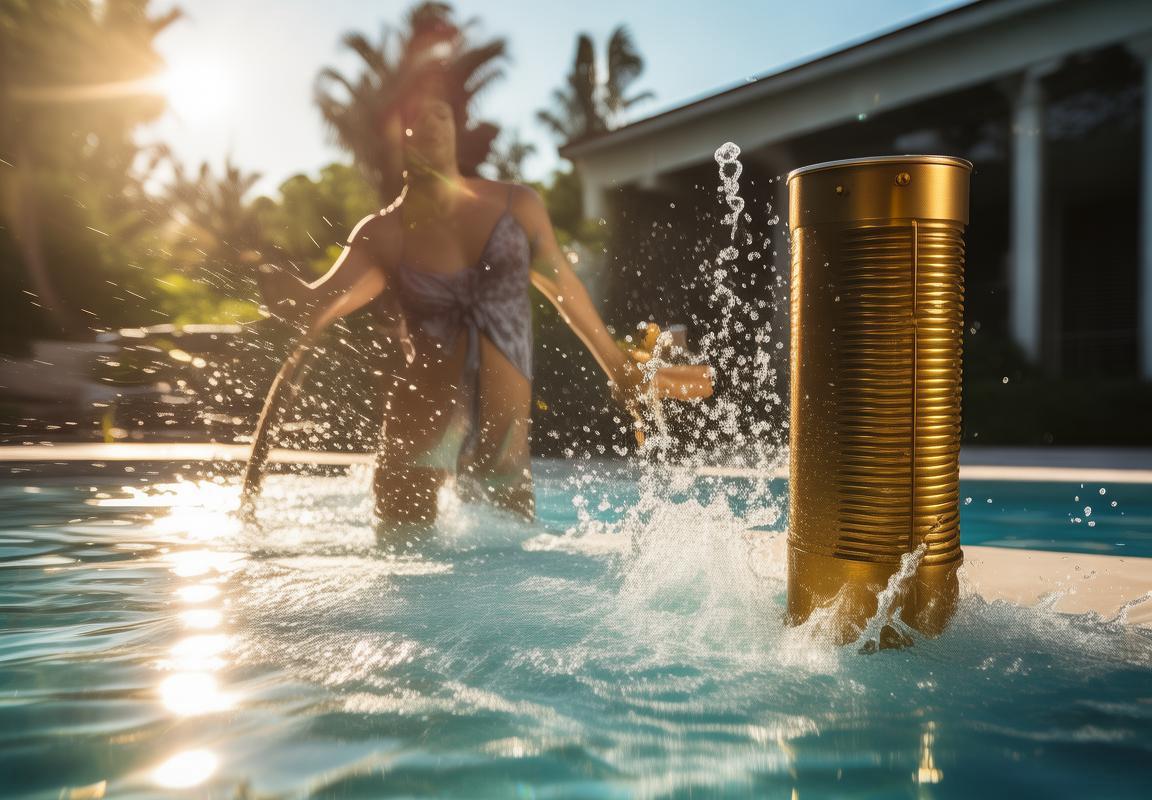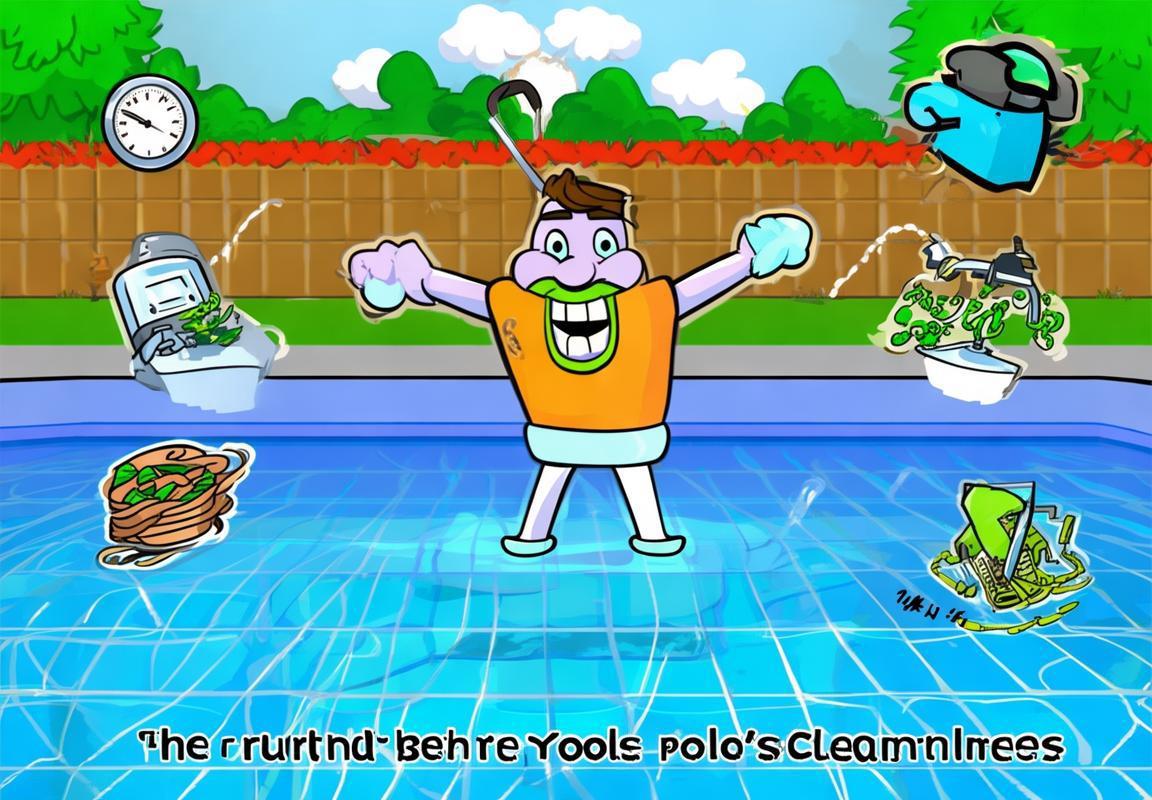Kreepy Pool Cleaner Parts Guide: Fixing Your Kreepy Pool Cleaner & When to Upgrade to Dolphin Nautilus | Essential Pool Cleaner Parts Explained
If your Kreepy pool cleaner is acting up—moving sluggishly, making weird noises, or getting stuck—it’s likely due to worn-out Kreepy pool cleaner parts like the diaphragm, hoses, or wheels. The diaphragm, a rubber disc that creates suction, often wears out first, causing weak movement or gurgling sounds. Cracked or kinked hoses reduce suction, while bald wheels or damaged tracks make the cleaner drag. Swivels prevent hose tangles, and the footpad protects the pool floor from scratches. Always use OEM pool cleaner parts for replacements—cheap knockoffs fail fast. Regular maintenance, like rinsing hoses and lubricating O-rings, extends its life. If repairs become frequent, consider upgrading to a Dolphin Nautilus robotic cleaner for better efficiency. Diagnose issues early, replace faulty pool cleaner parts, and your Kreepy will keep your pool sparkling without the drama.
